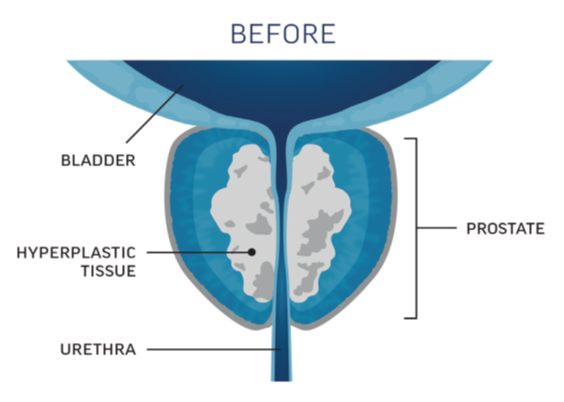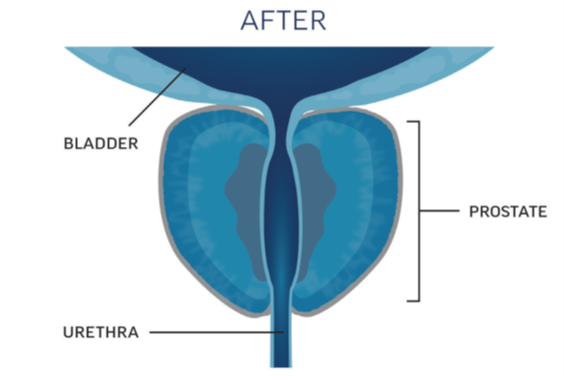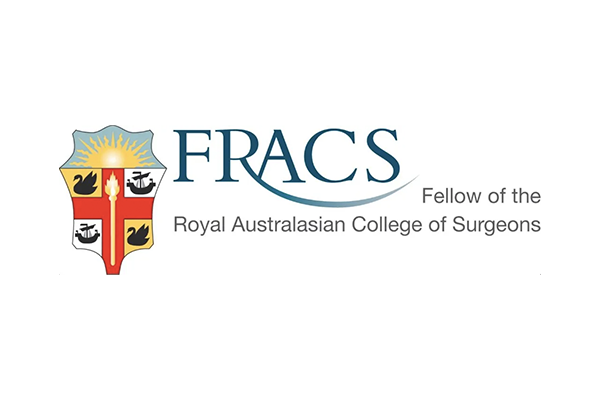Surgery for Enlarged Prostate
When the prostate tissue enlarges, it squeezes inward on the urethra causing some or all of the following symptoms:
- The need to urinate often (frequency)
- The need to urinate in a hurry (urgency)
- The need to get up at night to urinate (nocturia)
- Difficulty starting urination (hesitancy)
- Difficulty stopping urination (terminal dribbling)
- Weak stream
- Incomplete emptying of the bladder
- Urinary retention
Investigations
- Symptom score questionnaire determining how bothersome your urinary symptoms are.
- Digital rectal exam (DRE) to assess the size of your prostate
- Flow & residual test to record the rate at which you pass urine and to see if you are retaining any urine
- Urine specimen to check for infection
- PSA and creatinine blood tests to determine the likelihood of cancer and the health of the kidneys
- Look inside your bladder, a procedure called a flexible cystoscopy
Other factors including your general health will be taken into consideration when deciding if surgery is an option. Occasionally a test called urodynamics may be recommended if it is thought that something other than prostate enlargement is the cause of your problems with passing urine.
Surgical options - TURP / HoLEP / Rezūm Water Vapor Therapy
TURP
A telescopic instrument called a resectoscope is passed up the urethra (water pipe). A wire loop that has an electrical current running through it is used to ‘chip’ away the enlarged prostate tissue. This loop both cuts and seals blood vessels. The bladder is flushed with a solution to remove the chippings of prostate tissue. A catheter is inserted through the urethra into the bladder to drain your urine into a catheter bag. The operation usually takes from 30-60 minutes, depending on the size of the prostate gland. Usually, one night in hospital is required.
HoLEP
A telescopic instrument called a resectoscope is passed up the urethra (water pipe). A thin laser fibre sits within the resectoscope and the laser beam coming from the end of the fibre is used like a knife to cut away the prostate tissue. The tissue fragments are then cut and sucked out of the bladder. A catheter is inserted through the urethra into the bladder to drain your urine into a catheter bag. The operation usually takes from 03 355 5129 minutes depending on the size of the prostate gland. The surgery is particularly effective for very large prostates compared to other methods, and the long-term effectiveness is the most durable of all treatment options. Usually, one night in hospital is required.
Rezūm Water Vapor Therapy
Rezūm Water Vapor Therapy is a minimally invasive procedure for men looking to treat their Benign Prostatic Hyperplasia (BPH). It uses water vapor to reduce the size of the prostate and provide symptom relief from BPH. During each 9-second treatment, sterile water vapor is released throughout the targeted prostate tissue. When the steam turns back into water, all the stored energy is released, causing the excess prostate cells to die. Over time, the body’s natural healing response removes the dead cells, shrinking the prostate. With the extra tissue removed, the urethra opens, reducing BPH symptoms. The 20-minute, day stay procedure takes place in hospital and requires a general anaesthetic.



Bleeding
Bleeding severe enough to bring you back to the hospital is rare. This risk disappears when healing is complete, 6-8 weeks after surgery. If you have fresh heavy bleeding that does not stop or if you are unable to pass your urine at all it may be due to a blood clot blocking the urethra. If either of these unlikely events should occur you should contact your surgeon or GP immediately, or go to your nearest Emergency Department.
Incontinence
Incontinence, or leakage of urine without control, may occur temporarily and last for a few weeks. Urgency is common. If you have any incontinence after your operation you will be given information and instructions about exercises that you can do to strengthen the pelvic floor muscles.
Urethral stricture
In a small number of cases, narrowing may develop in the urethra. This may occur either near the tip of the penis or further up the urethra several months after the operation. You may notice your urinary stream, which was better after the operation, slows down again. Please mention this problem to your doctor. If detected early, and treated with gentle stretching under local anaesthetic, most strictures resolve. An operation to cut open the tight area may be appropriate.
Sexual function
If you are sexually active before the operation, once your recovery is complete, you should expect a return to your sexual function. Loss of sexual function is very rare after this surgery.








